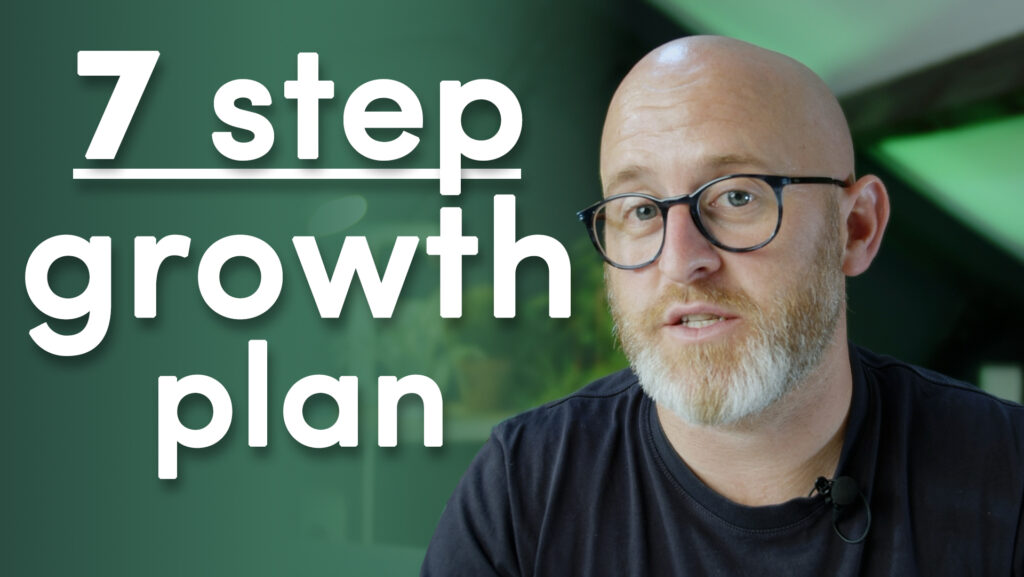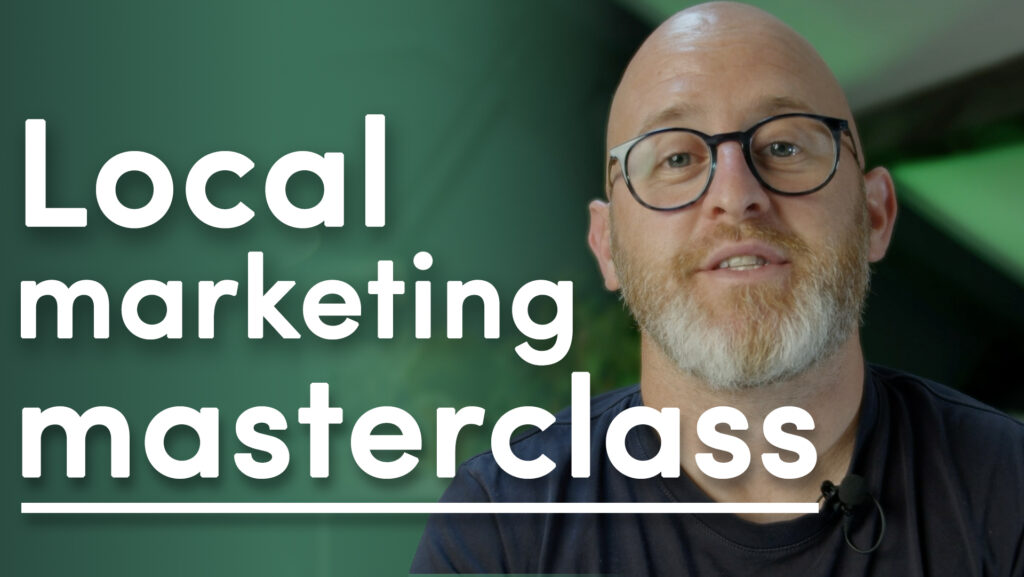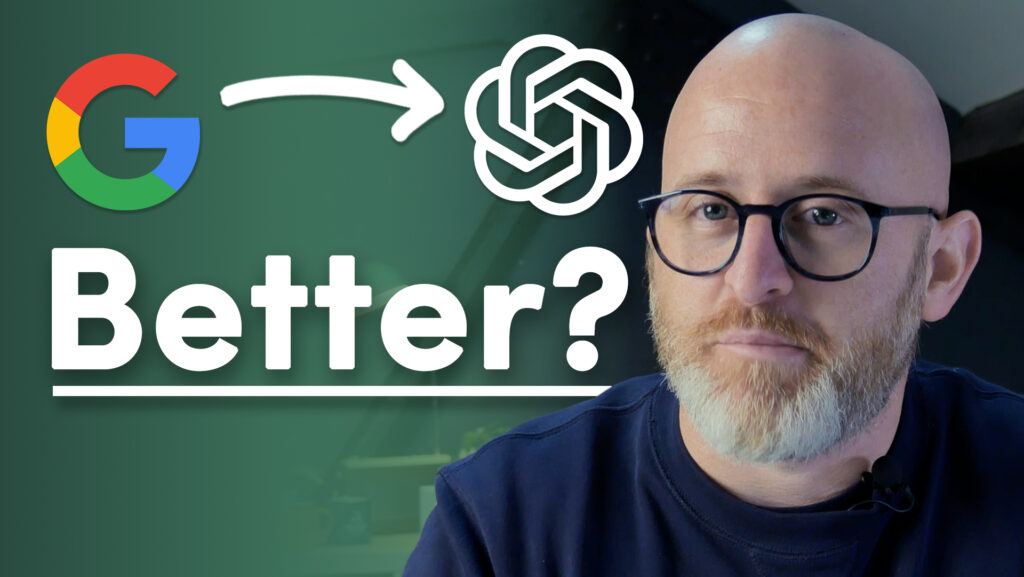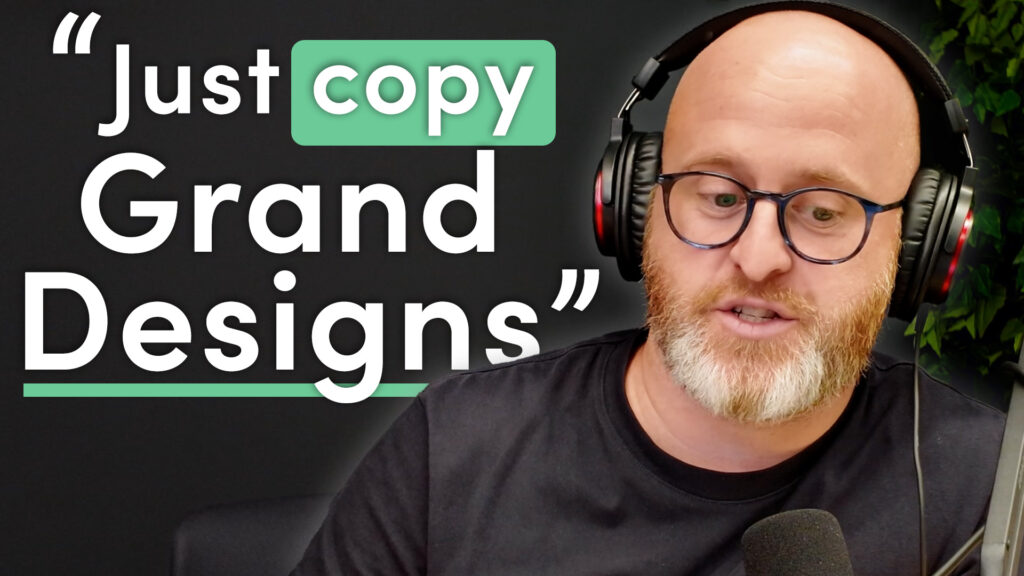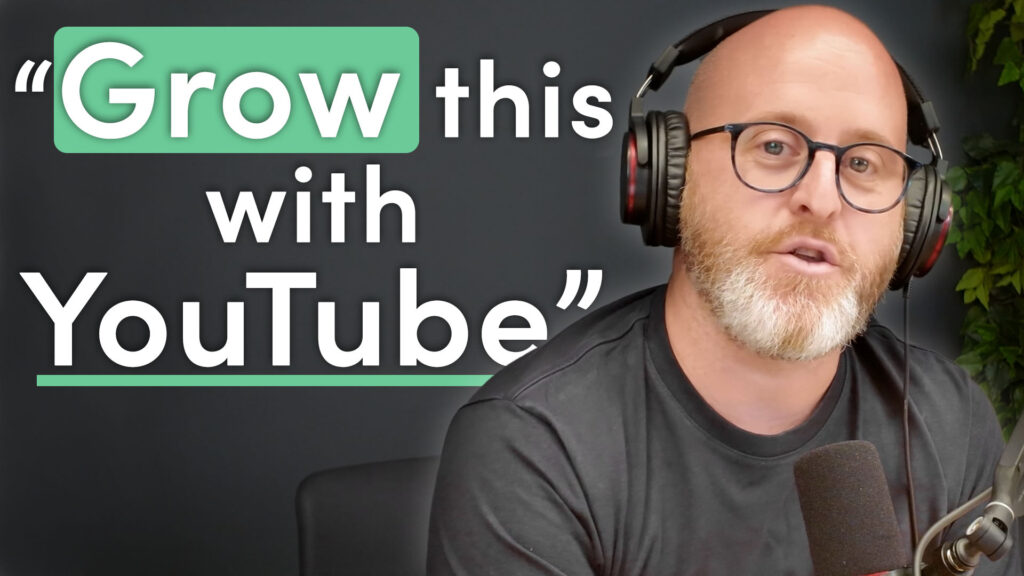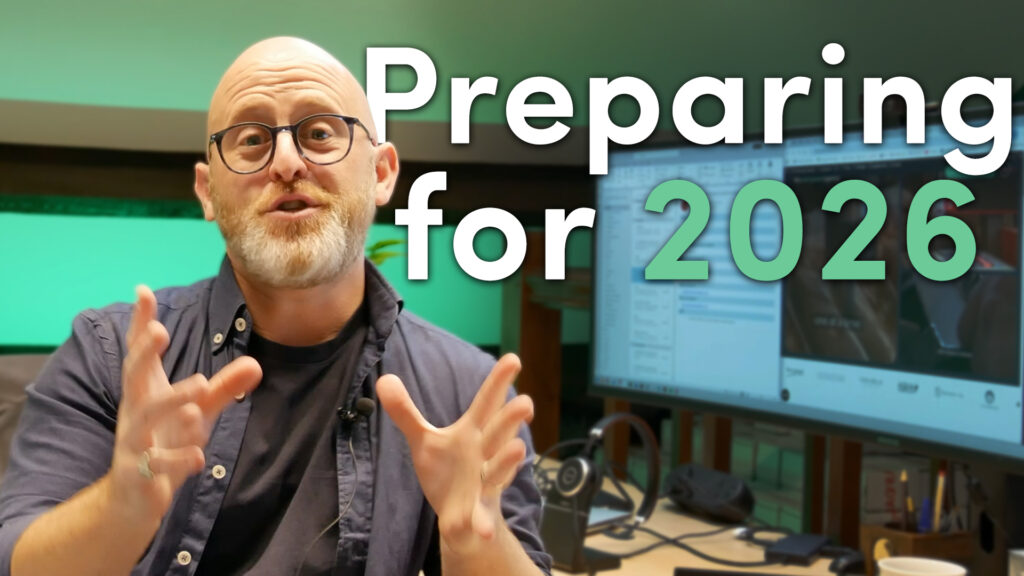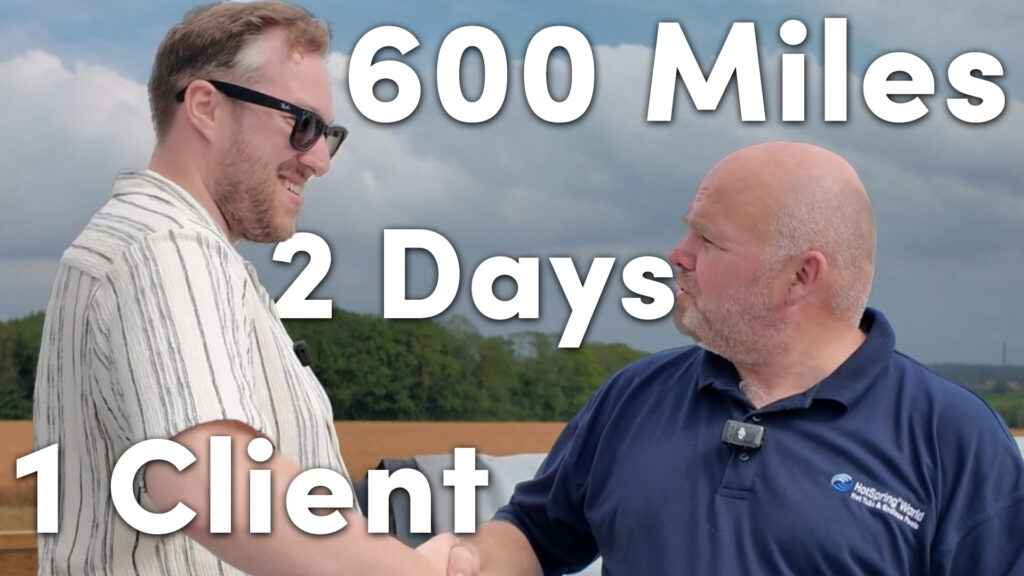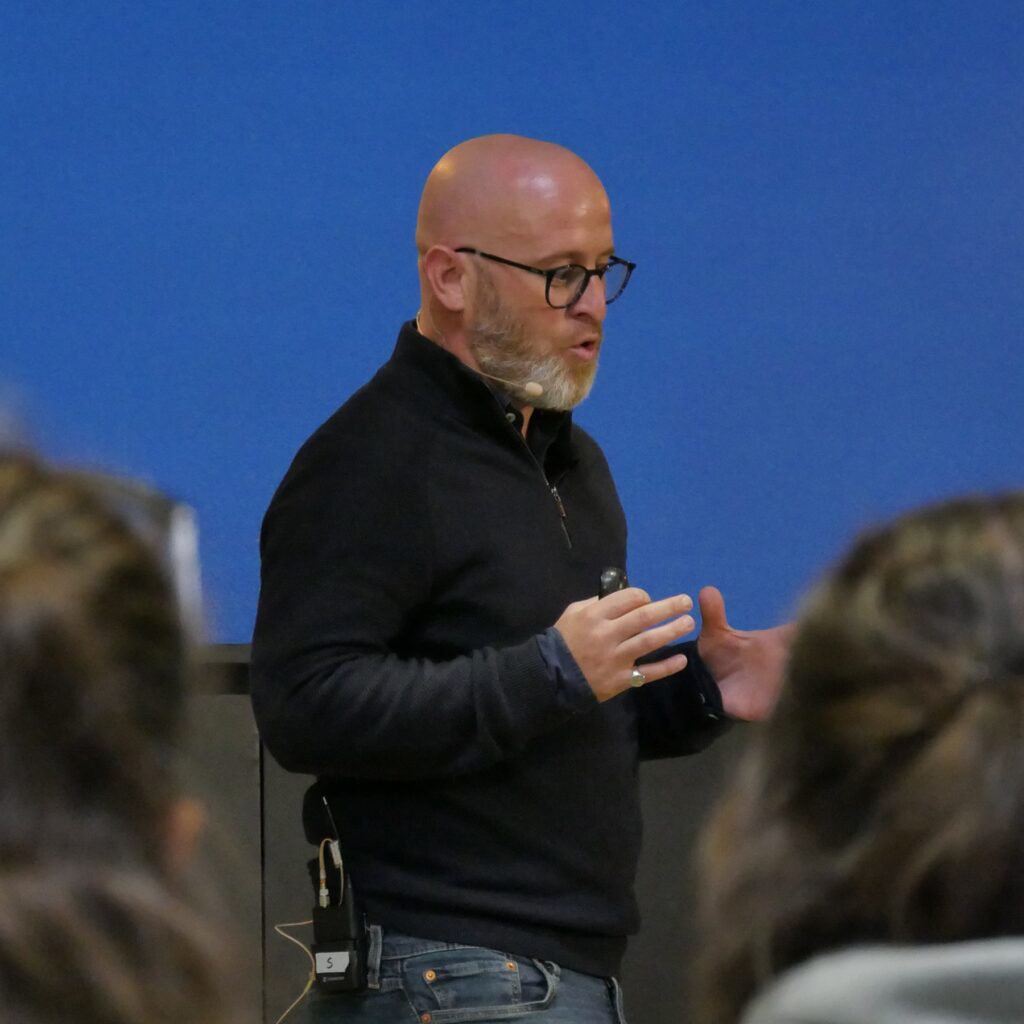Home & garden hub

A practical series for established home & garden brands, turning complex marketing topics into clear and concise frameworks, quick checklists, and real examples you can use to grow your business.
View allReal brands, real challenges, real solutions. Each episode, we unpack a home, garden, or lifestyle brand’s goals, identify the gaps, and lay out a practical growth marketing plan. No guesswork, just tactics you can adapt and deploy.
View allStep inside the work. Evergreen Uncut shares the real planning, testing, and lessons behind our campaigns — plus actionable ideas and benchmarks you can use right away.
View all


